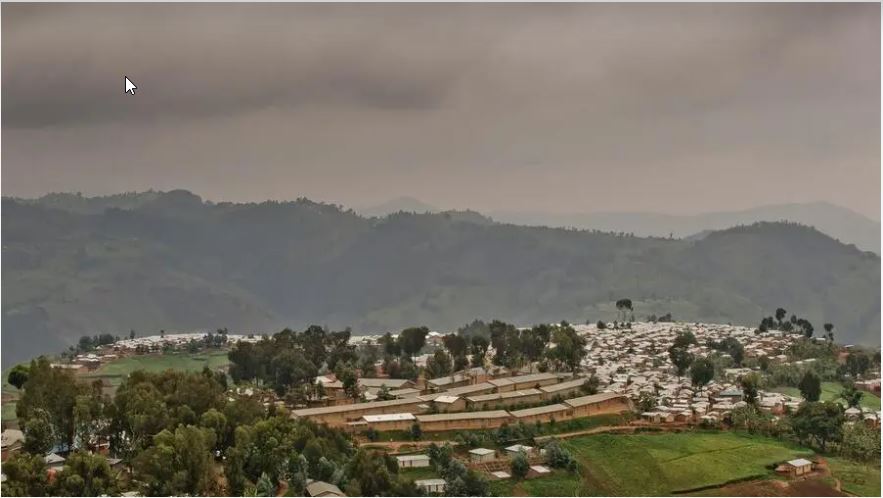
Kiziba transit camp
Nkamira transit camp was home to 6,145 refugees who fled from the Democratic Republic of Congo due to ongoing insurgency in the Northern Regions of Rutshuru and Masisi.
Figures provided by the Ministry of Emergency Management (MINEMA) show that 1,007 refugees, including 136 men, 216 women and 655 children have been transfered to Kiziba camp in Karongi District where other Congolese refugees live.
To create more room in Nkamira transit camp, another 3,781 refugees were taken to Mahama in Eastern Province, while 464 refugees were placed in Kijote transit center in Nyabihu District.
According to a report by the United Nations Refugee Agency (UNHCR), as of June 2023, there are 133,671 refugees composed of 36,955 families in Rwanda, including 124,149 who are registered refugees, and 8,681 unregistered refugees.
The UNHCR report shows that 91% of these refugees live in camps and only 9% live in urban places. Of the six camps in Rwanda, the Mahama camp (which has both DRC and Burundian refugees) has 59,713 refugees with 16,156 families; the Kiziba camp has 15,243 refugees with 2,928 families; Kigeme camp has 14,711 refugees with 2,746 families and the Nyabiheke camp has 12,119 refugees with 2,299 families while the Mugombwa camp has 11,627 refugees included in 2,294 families.
Out of the 133,000 refugees in Rwanda, 49% have ages between a month and 17 years; 47% have between 18 years to 59 years, and 4% have 60 years.
Women and children make 76%, youths (between 15 – 24 years) make up 21%, while females make up 51%. Among the five top countries, the DRC has the biggest number of refugees in Rwanda with 81,987,Burundi has 50,036, Eritrea 362, Sudan 230 and Ethiopia 75.

